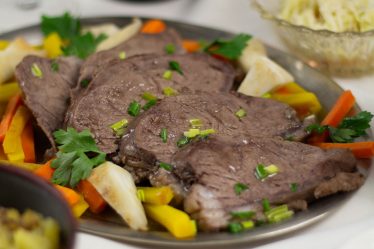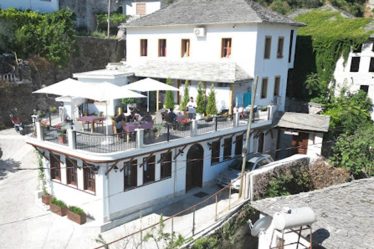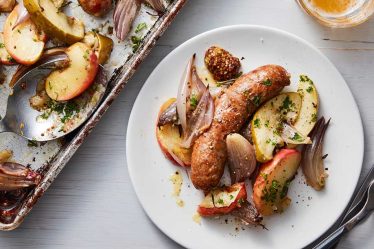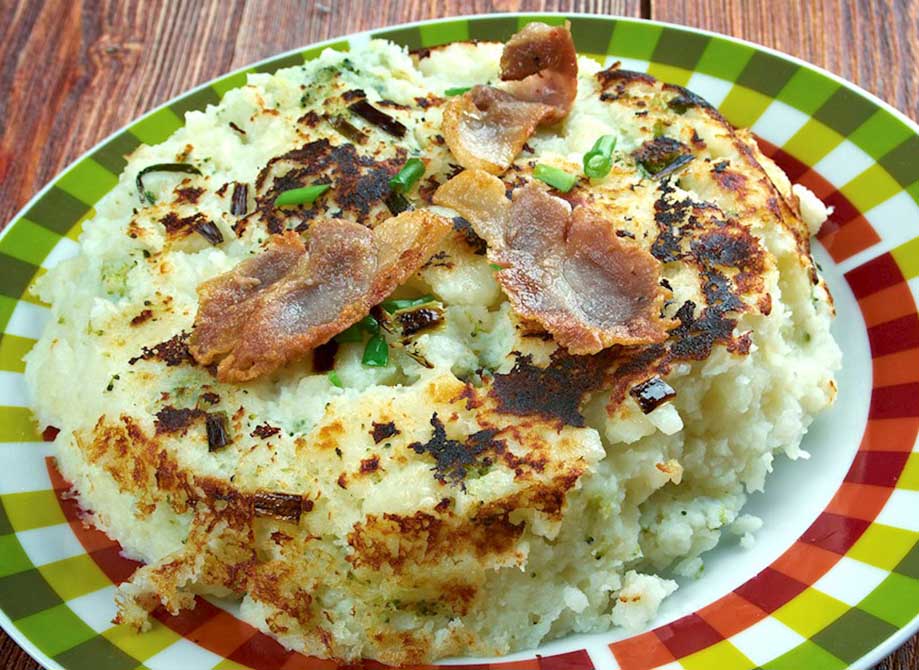
Nestled in the Pyrenees between France and Spain, Andorra is often overshadowed by its glamorous neighbors. But if there’s one thing that truly surprised and delighted me during my stay, it was the food—honest, hearty, and steeped in centuries-old mountain tradition. From rich stews and grilled meats to rustic breads and creamy cheeses, Andorran cuisine is a beautiful blend of Catalan roots, French finesse, and mountain resourcefulness.
Let me take you through my personal culinary journey, highlighting the top 8 dishes that stole my heart (and filled my belly). I’ve also included the best places to try each one, with location details, price expectations, signature items, and how to book a table.
1. Escudella Andorrana – The Soul of the Mountains
The moment I tasted Escudella, I understood what comfort food truly meant. This rich meat and vegetable stew is the national dish of Andorra, and it’s exactly what you need after a long hike or a day in the mountain air.
🫕 Where to Try It:
Restaurant Borda Raubert – La Massana
📍 Location: Avinguda del Ravell, La Massana (easy to reach by car or bus)
💶 Price: Around €22–28 per person for the stew menu
🍽️ Signature: Their escudella includes pork ribs, local sausage, cabbage, chickpeas, and a large marrow bone served tableside.
📞 Reservation: Recommended by phone, especially for dinner
What makes Borda Raubert’s version unforgettable is the broth—simmered slowly with bones and herbs, it’s deep, slightly smoky, and rich without being heavy. Paired with crusty bread, it was a warm embrace in a bowl.
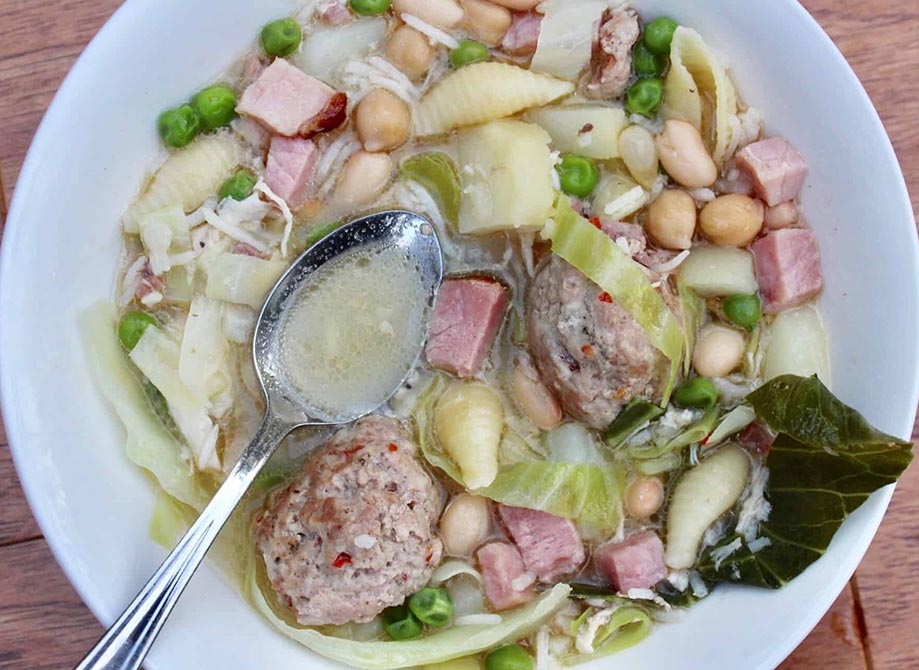
2. Trinxat – The Humble Star of Andorran Plates
Trinxat is deceptively simple: mashed potatoes, cabbage, and pork belly, fried together into a golden crisp cake. But don’t let its modest appearance fool you—this dish is irresistibly flavorful, with a deep umami from the pork and a hint of garlic.
🥘 Where to Try It:
Borda Estevet – Andorra la Vella
📍 Location: Carrer de la Grau, tucked in a traditional stone “borda”
💶 Price: Around €18–25 per person
🍽️ Signature: The house Trinxat served with grilled Andorran sausage
📞 Reservation: Call ahead, as the indoor space fills up quickly
I loved the texture contrast here—the outside crispy and golden, the inside silky and savory. It reminded me of a cross between a potato pancake and a Sunday roast… but mountain-style.
3. Civet de Jabalí – Wild Boar Stew
Wild boar is abundant in Andorra’s forests, and Civet de Jabalí (wild boar stew) is a seasonal delicacy that locals treasure. The meat is marinated in red wine and herbs, then slow-cooked until it’s fall-apart tender.
🍷 Where to Try It:
Restaurant El Crosto – Andorra la Vella
📍 Location: Carrer de la Vall, in the heart of the old town
💶 Price: Around €25–32 for a full portion
🍽️ Signature: The stew, served with polenta and wild mushrooms
📞 Reservation: Must reserve by phone, especially for weekends
The flavor was deep, earthy, and slightly gamey, but not overwhelming. The wine sauce clung to every bite. I sipped a glass of local red with it and just melted into the moment.
4. Formatge de Tupi – Fermented Cheese Adventure
I’ll be honest: Formatge de Tupi is not for the faint of heart. This potent fermented cheese is stored in a clay pot (called “tupi”) and mixed with aguardiente, a strong spirit. The result? Something pungent, salty, and deeply satisfying—if you’re brave enough.
🧀 Where to Try It:
Casa Cristina – Encamp
📍 Location: Just off the main road, within walking distance of the church of Sant Romà
💶 Price: Around €10–12 as part of a cheese board
🍽️ Signature: Their tupi cheese served with toasted bread and quince jam
📞 Reservation: Optional but good to call ahead
I tried a small portion, spread thinly on warm rustic bread. The contrast between the sharp cheese and the sweet quince was genius. It was like biting into the soul of the Pyrenees.
5. Carn a la Brasa – Fire-Grilled Mountain Meats
Grilled meat is serious business in Andorra. Whether it’s lamb chops, local beef, or rabbit, everything is cooked over open flame with minimal seasoning—letting the flavor of the meat shine.
🔥 Where to Try It:
Restaurant L’Enoteca – Ordino
📍 Location: Near the village square of Ordino
💶 Price: Around €30–40 for a grilled meat platter
🍽️ Signature: Mixed meat grill with sausages, lamb, and beef
📞 Reservation: Strongly recommended by phone
Their lamb had the perfect char, slightly smoky and incredibly juicy. I loved how they served it with roasted peppers and aioli. It was primal and perfect.
6. Embotits – Cured Meat Traditions
Andorran charcuterie, or embotits, includes fuet (dry cured sausage), llonganissa (soft pork sausage), and other local specialties. It’s a great way to start a meal or pair with local wine.
🥩 Where to Try It:
Borda del Tremat – Escaldes-Engordany
📍 Location: A charming spot tucked on a hill just outside the thermal district
💶 Price: Around €14–18 for a tasting board
🍽️ Signature: Mixed embotits platter with mountain pickles
📞 Reservation: Advisable during peak dining hours
I sat on their terrace with a plate of embotits and a crisp white wine. The textures and flavors—peppery, garlicky, slightly sweet—told stories of family recipes and alpine traditions.
7. Coques – Rustic Flatbreads with a Twist
Coques are flatbreads that can be either sweet or savory. Topped with herbs, vegetables, cheese, or even anchovies, they’re the Pyrenean answer to pizza.
🥖 Where to Try It:
Fleca Font – Sant Julià de Lòria
📍 Location: In a bakery near the town center
💶 Price: €3–5 per slice
🍽️ Signature: Tomato and onion coca, served warm
📞 Reservation: Not required – it’s a grab-and-go style bakery
Their tomato and rosemary version was crispy, aromatic, and incredibly fresh. I grabbed one as a snack before a hike and wished I had taken more.
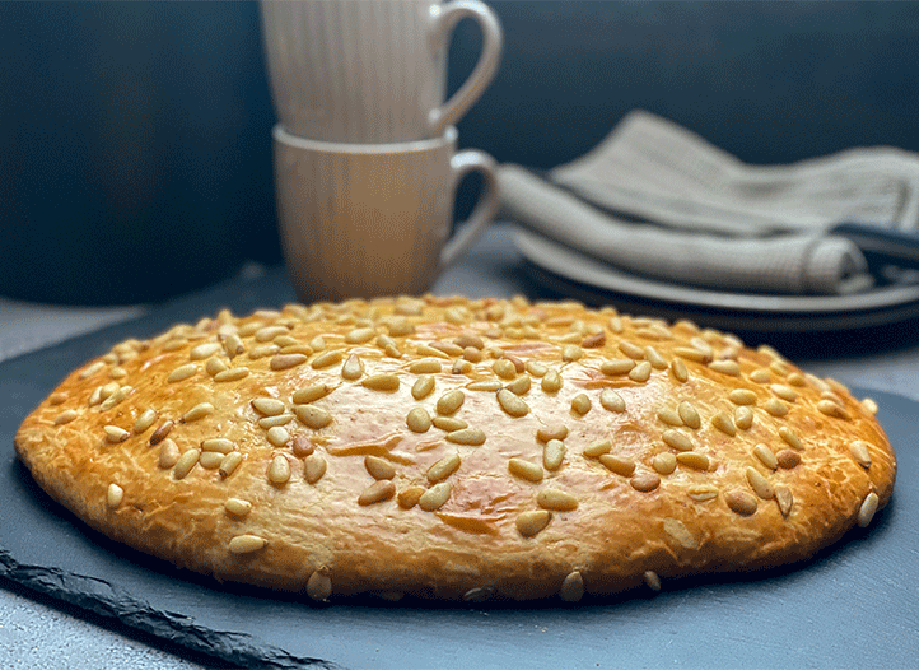
8. Crema Andorrana – Creamy Dessert with a Local Touch
No meal is complete without dessert, and Crema Andorrana—a cousin of crème brûlée—is the perfect way to end a traditional meal. It’s often infused with lemon zest, cinnamon, and occasionally a splash of mountain liqueur.
🍮 Where to Try It:
Borda Pairal 1630 – Andorra la Vella
📍 Location: Near the central shopping district, inside a beautifully restored old farmhouse
💶 Price: Around €8 for dessert
🍽️ Signature: House crema with caramelized top and a dash of cinnamon
📞 Reservation: Recommended during dinner service
It was creamy yet light, with a crackling caramel top that gave way to a warm, citrusy custard beneath. The hint of cinnamon reminded me of cozy nights and alpine traditions.
What struck me most about Andorran cuisine is how deeply it is rooted in the land and the seasons. These dishes aren’t just meals—they’re living stories, shaped by the rhythm of mountain life, by generations of family tradition, and by the harsh yet beautiful realities of life in the Pyrenees. Every bite reflects a sense of place—one that’s fiercely local, modest, and lovingly preserved.
Whether it’s a steaming bowl of escudella simmered with marrow bones and cabbage, or a golden crisp trinxat fried with pork belly and garlic, these dishes speak of resourcefulness and resilience. They come from a time when food was a means of survival, not indulgence. Yet somehow, they manage to be deeply nourishing and indulgent in spirit—as if the comfort they provide comes not only from flavor, but from a quiet cultural wisdom.
Andorran food also reflects a cross-cultural heritage. You can taste the warmth of Catalan kitchens, the rustic elegance of French country fare, and the creativity born of necessity in a land with long winters and short growing seasons. It’s a cuisine built on what the land gives—root vegetables, wild game, mountain herbs, river trout—and what the seasons allow.
But most of all, what stays with me is how unpretentious dining in Andorra is. There are no flashy presentations or extravagant sauces. Even in the most upscale bordas—those cozy, converted mountain huts—the focus is on real food, cooked with care, and shared in an atmosphere that feels more like a family gathering than a restaurant. It’s honest food that warms you from the inside out.
Every meal I had in Andorra—whether it was a quick coca from a local bakery or a slow, multi-course dinner under the wooden beams of a centuries-old inn—left an impression not just on my palate, but on my heart. I felt welcomed, even as a stranger. I felt cared for, not just by the food itself but by the people behind it: the cooks, the servers, the families that keep these traditions alive with quiet pride.
So if you ever find yourself in this tiny mountain gem, come hungry—but not just for food. Come hungry for connection, for stories, for heritage, and for the kind of soul-warming hospitality that reminds you what travel is truly about. You may arrive as a visitor, but if you’re open to it, you’ll leave feeling like you’ve tasted a piece of home, nestled deep in the Pyrenees.
